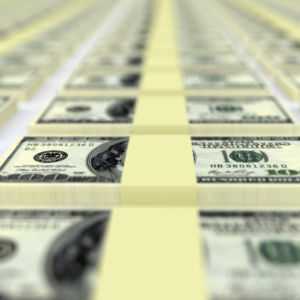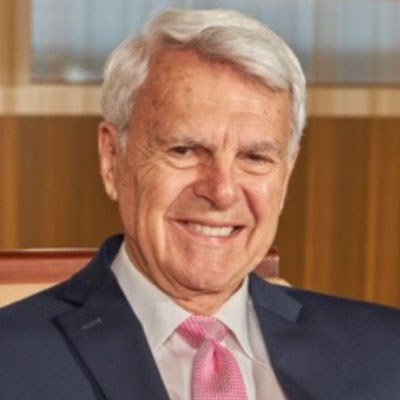Over the last two decades, there has been a silent run on the U.S. dollar. Foreign central bankers have significantly reduced the share of their reserves held in dollars and have increased the stake held in other currencies.
The significant increase has been in what are referred to as nontraditional reserve currencies, including the Australian dollar, the Canadian dollar, the Chinese renminbi and the Swiss franc. To some extent, this silent run on the dollar reflects the expanded role of these countries in world trade and financial transactions. But it also reflects an active role by central bankers in diversifying their reserves, shifting from dollar reserves to nontraditional currency reserves.
There are several reasons central bankers worldwide are choosing to diversify their reserves. Historically, dollar reserves provided the greatest liquidity, reflecting the dominant role of the U.S. capital market in international finance. While U.S. dollars remain the most liquid asset, the deepening of capital markets in other countries has increased the liquidity of their assets. This is especially true for Switzerland, where the capital market has grown significantly, partly because of a change to the Swiss constitution related to true fiscal responsibility in its budget. The Swiss financial market stability has made the Swiss franc a desirable reserve currency.
Another critical factor is trust in the U.S. dollar. This is affected dramatically by world events such as the China-U.S. challenges and the war in Ukraine. This is affected by credible reporting of a growing awareness that the dollar is not as trustworthy as it was. This should be of concern to every American.
Central bankers accumulate reserves to provide the liquidity needed in international transactions. Once their demand for reserves to meet liquidity needs is completed, they invest in nontraditional reserve currencies to generate a higher rate of return. Dollar reserves have become less attractive because of a decline in the return on dollar assets relative to assets in nontraditional currencies. Over the past decade, the Federal Reserve has held interest rates on short-term U.S. Treasuries close to zero, and the premium on long-term U.S. Treasuries relative to short-term Treasuries has fallen, in some years turning negative. Now, the added decline in the trustworthiness of the dollar has caused it to become less of a staple in these transactions.
The United States has emerged as one of the most indebted countries in the world. Debt relative to gross national product now exceeds 100 percent and is projected to grow to more than 200 percent by the midcentury. As this debt burden increases, the risk of holding reserves in dollars increases.
By contrast, the Swiss have cut debt relative to the gross national product in half, to about 30 percent. The Swiss have enacted effective fiscal rules to limit government spending, enabling them to balance their budgets in the long term. It is unsurprising that central bankers are choosing to hold more reserves in Swiss francs, even though interest rates there have also been low and in some years, negative. They trust the Swiss franc!
Finally, the silent run on the dollar reflects reserve currency competition. The Chinese have pursued an aggressive strategic policy to expand the use of their currency in international transactions, referred to as “renminbi internationalization.”
China promotes this internationalization of the renminbi through Belt and Road investments and a growing global network of renminbi currency swaps and official clearing banks. China also succeeded in adding the renminbi to the Special Drawing Rights basket of currencies. Most recently, the Chinese central bank was one of the first to issue a digital currency. The question is whether the renminbi will replace the dollar as a reserve currency, as China surpasses the United States in total output and in the volume of international trade.
Note the buying power of the RMB in China is already more than that of the dollar in the United States. Despite an aggressive policy to internationalize the renminbi, it still accounts for only 15 percent of total foreign exchange reserves. With growing tensions between the United States and China, the silent run on the dollar and internationalization of the renminbi have implications for national security. And the short- and long-term trends are not encouraging.
For most of the post-World War II period, the United States has benefitted from the dollar’s dominant role as a reserve currency. But with the silent run on the dollar over the last 20 years, the U.S. has far less room to pursue expansionary discretionary fiscal and monetary policies. The recent explosion in deficits and debt financed by the rapid expansion of the money supply triggered a sharp increase in inflation.
The Fed responded with tighter monetary policies, increasing interest rates and drawing down its portfolio of U.S. securities. It is not clear whether the outcome of these monetary policies will be a soft landing or a titanic recession. The long honeymoon in which foreign central banks were willing to accumulate more dollar reserves was over.
Please follow DVJournal on social media: Twitter@DVJournal or Facebook.com/DelawareValleyJournal



